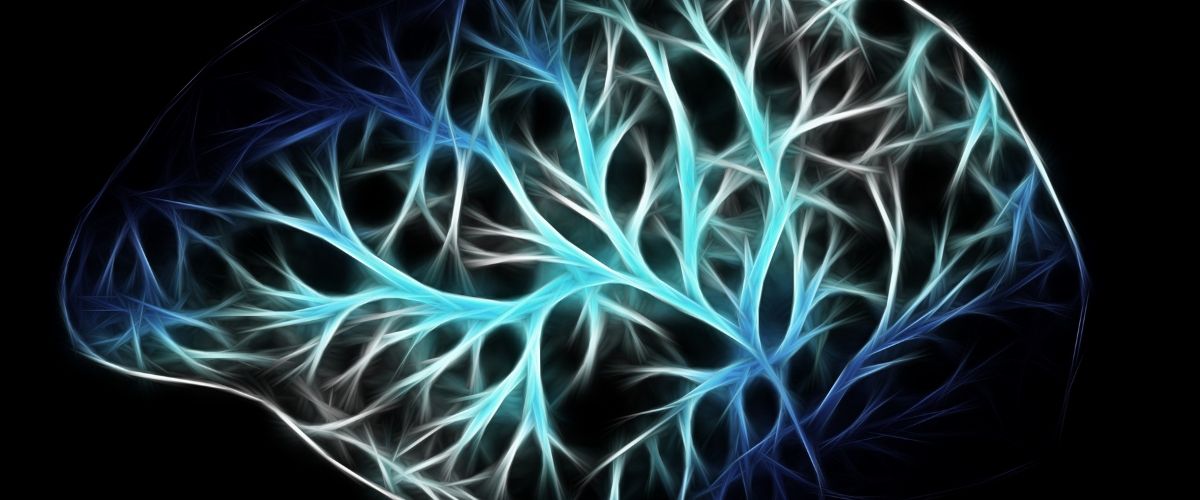
See also Neuroborreliosis Part 1
“The clinical course of neuroborreliosis is highly variable. Meningoradiculitis, also described as Bannwarth’s syndrome, is the most frequent manifestation of neuroborreliosis in Europe. Symptoms include headache, cranial nerve palsy, and/or lancinating pain. Although at least 80% of European patients present with facial nerve palsy and radiculitis, symptoms of neuroborreliosis may be quite unspecific or even mimic other neurological diseases.” Schwenkenbecher, P (2017)
In the above study of hospital admissions, sixty-eight patients were identified with neuroborreliosis. Of these, 50% were admitted because of Cranial nerve palsy. A further 25% had painful radiculitis, 12% had encephalitis, 7% had myelitis and 6% had meningitis/headache. In patients with a combination of symptoms, back pain was the first symptom they got, then headache, and finally cranial nerve palsy.
“In addition to Bannwarth syndrome, other important neurological symptoms of the early stages of LNB include meningitis, meningeal perivascular, and vasculitic lymphoplasmacytic infiltrates, neuritis, and in rare acute LNB cases encephalitis and myelitis.” 10.3389-fneur.2018.01048-citation.txt
Late stage Neuroborreliosis
Late stage Neuroborreliosis can develop health issues. Early treatment is the best course though as Enea Gino Di Domenico et al (2018) states:
“The clinical outcome of antibiotic treatment of either early or late manifestations of LNB may include progression to a chronic form characterized by nonspecific and persistent fatigue, arthralgia, myalgia, musculoskeletal, and cognitive symptoms. This condition, frequently defined as post-treatment Lyme disease syndrome (PTLDS), can be intermittent or persistent, lasting for at least six or more months after completion of antibiotic treatment.”
Other research…
“The clinical symptoms of late LNB include several neurological and psychiatric symptoms such as meningoradiculitis, encephalomyelitis, chronic meningitis, and cerebral vasculitis.” Kruger H. et al (1989).
“The presence of depressive states was described in 26–66% of patients with late LNB together with psychosis, schizophrenia, hallucinations, paranoia, anorexia nervosa, obsessive-compulsive disorder, and dementia.” Almeida OP, Lautenschlager NT. (2005)
Successful Lyme treatment using liquid herbs may take from 6 to 12 months and certain symptoms may persist for quite a while afterwards.
Alzheimer Disease
This is currently only a theory but it has certain evidence to back it up. The spirochete Treponema pallidum, which is the infective agent for syphilis, can in its late stages cause dementia, chronic inflammation, cortical atrophy and amyloid deposition.
“Data seems to indicate that Borrelia Burgdorferi may persist in the brain and be associated with amyloid plaques in Alzheimer disease. The suggestion is that these spirochetes, perhaps in an analogous fashion to Treponema pallidum, may contribute to dementia, cortical atrophy and amyloid deposition.” Judith Miklossy et al (2004)
Lyme Neuroborreliosis has been associated with increased risk of hematological and non-melanoma skin cancers however the below findings are reassuring.
“A verified diagnosis of Lyme neuroborreliosis had no substantial effect on long term survival, health, or educational/social functioning. Nevertheless, the diagnosis decreased labour market involvement marginally and was associated with an increased risk of haematological and non-melanoma skin cancers.” Obel N. et al (2018)
References
Almeida OP, Lautenschlager NT. Dementia associated with infectious diseases. Int Psychogeriatr. (2005) 17:S65–77.
Judith Miklossy, Kamel Khalili, Lise Gern, Rebecca L. Ericson, Pushpa Darekar, Lorie Bolle, Jean Hurlimann and Bruce J. Borrelia burgdorferi persists in the brain in chronic Lyme neuroborreliosis and may be associated with Alzheimer disease. Journal of Alzheimer’s Disease 6 (2004) 639–649 639 IOS Press V
Kruger H, Reuss K, Pulz M, Rohrbach E, Pflughaupt KW, Martin R, et al. Meningoradiculitis and encephalomyelitis due to Borrelia burgdorferi: a follow-up study of 72 patients over 27 years. J Neurol. (1989) 236:322–8.
Obel, N., Dessau, R. B., Krogfelt, K. A., Bodilsen, J., Andersen, N. S., Møller, J. K., … Lebech, A. M. (2018). Long term survival, health, social functioning, and education in patients with European Lyme neuroborreliosis: nationwide population-based cohort study. BMJ (Clinical research ed.), 361, k1998. doi:10.1136/bmj.k1998
Schwenkenbecher, P., Pul, R., Wurster, U., Conzen, J., Pars, K., Hartmann, H., … Skripuletz, T. (2017). Common and uncommon neurological manifestations of neuroborreliosis leading to hospitalization. BMC infectious diseases, 17(1), 90. doi:10.1186/s12879-016-2112-z
10.3389-fneur.2018.01048-citation.txt https://www.frontiersin.org/articles/10.3389/fneur.2018.01048/text
